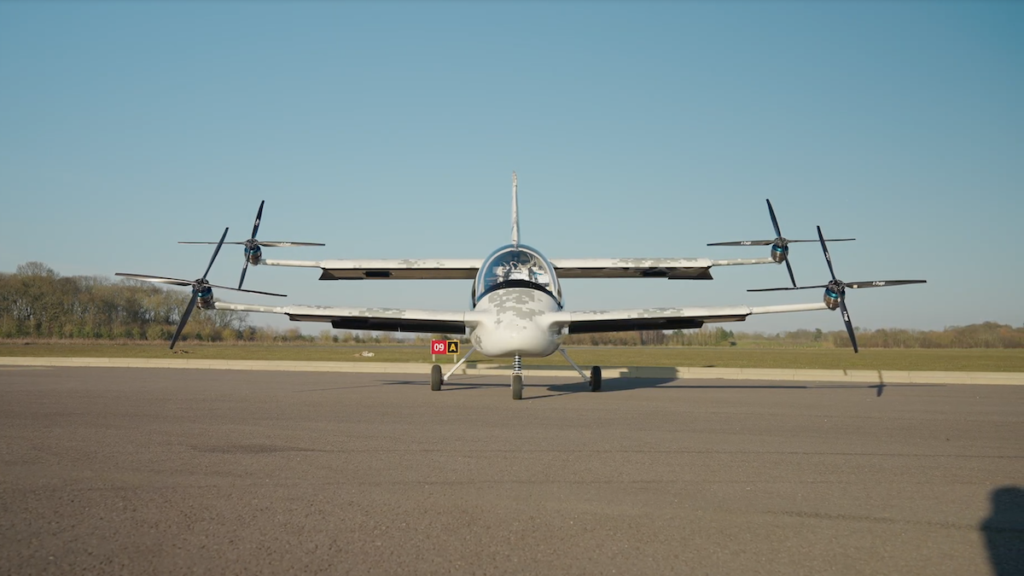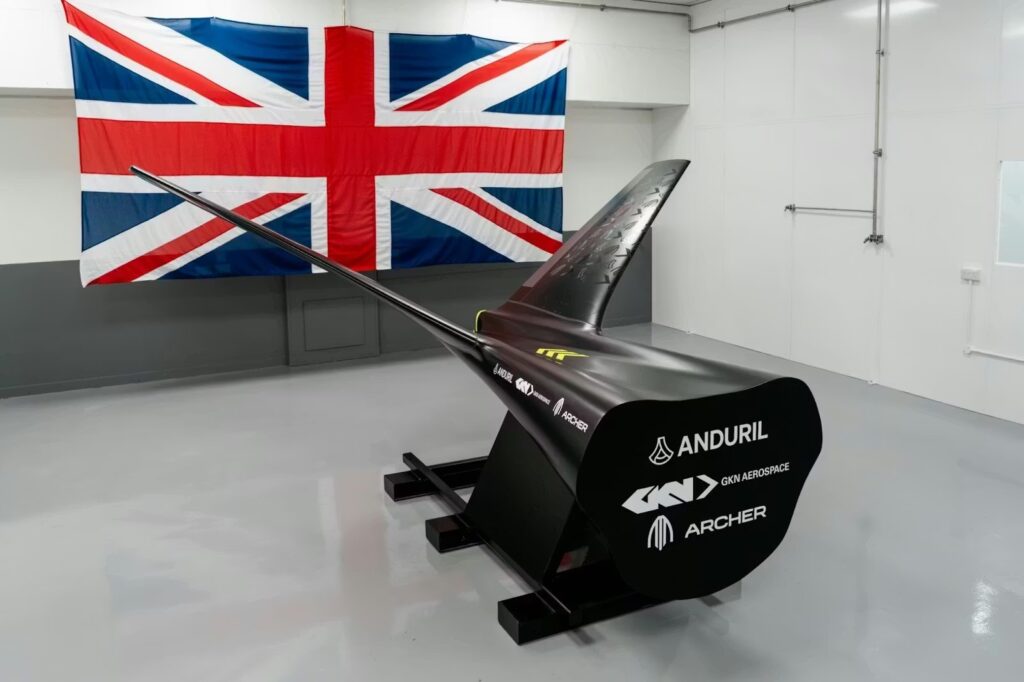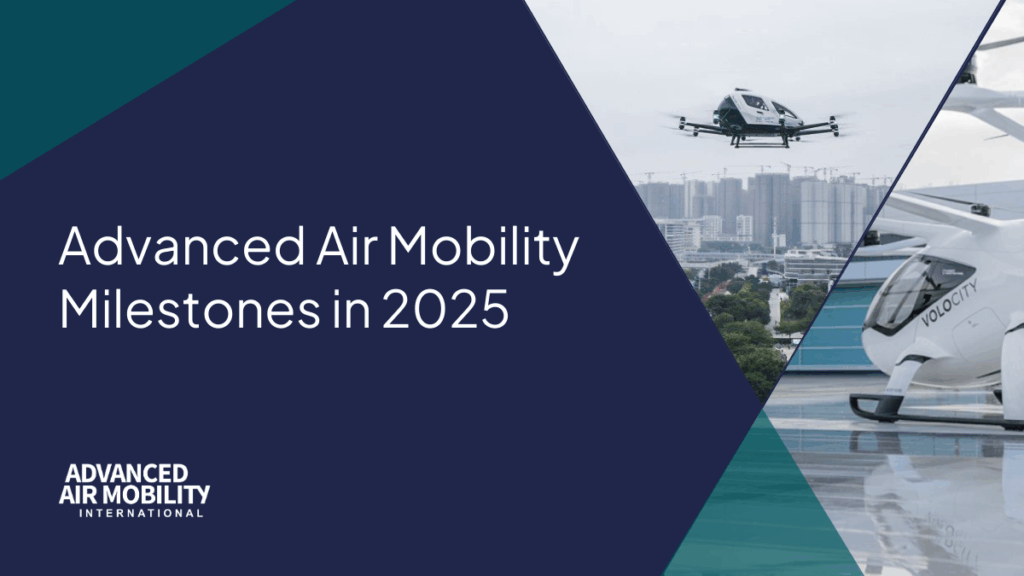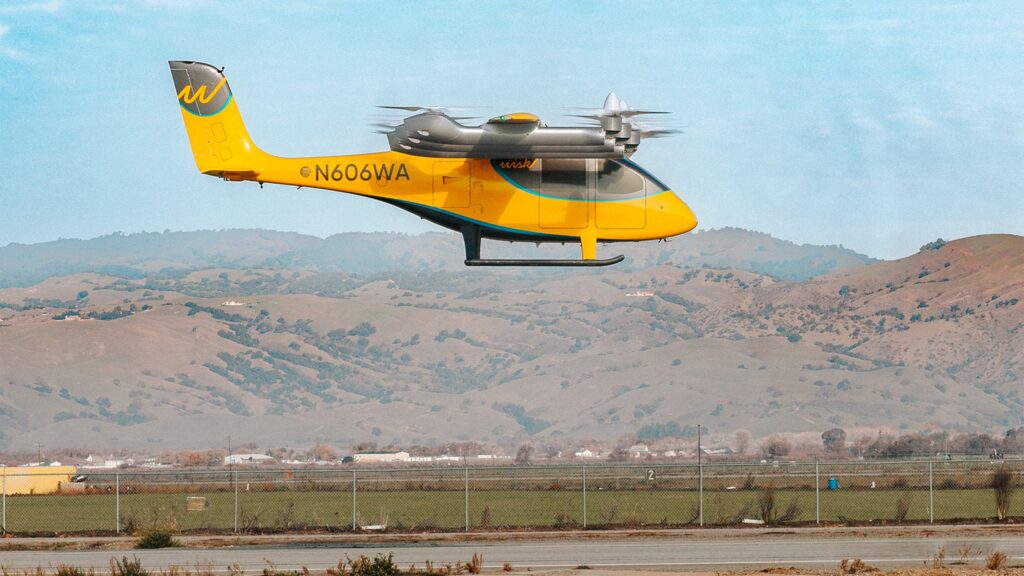
The UK’s Civil Aviation Authority (CAA) has cleared Skyfly’s Axe VCA (Vertically-Capable Aircraft) to perform airborne transitions between its VTOL hover flight mode and its wing-borne forward flight mode for the first time.
The CAA has authorized Skyfly’s test pilots—Dr. Bill Brooks and Phil Hall—to begin testing airborne transitions with the Axe VCA. These critical tests will see the Axe transition from hovering in rotor-borne flight to airplane-style wing-borne flight and vice versa.
Permission to test these airborne transitions has been granted due to the Axe’s progress through its flight test program, which involved hover testing in late 2024 and wing-borne operations using paved and grass runways in March 2025. The Axe has reportedly matched or exceeded all performance and handling expectations.
The ability to complete these transitions without relying on moving parts—such as rotating motors or vectored thrust—is a critical design feature of the Axe and a major differentiator from other VCAs and eVTOLs. This allows the Axe VCA to harness the safety and performance benefits of a both fixed-wing and rotary-wing aircraft.
Flying in a nose-high attitude, lift will be provided by the Axe’s eight motors, powering four large rotors, allowing the Axe to take off and land like a helicopter. To achieve forward flight, the nose is pitched down so that the rotors provide forward propulsion and the wings, rather than the motors, produce lift.
This results in higher speed and energy efficiency than a purely rotor-borne aircraft, as well as the ability to glide to safety in the unlikely event of a complete loss of power.
Michael Thompson, CEO, Skyfly, commented, “We are delighted to reach the final stage of our test flight programme. The CAA has been instrumental in facilitating our progress throughout this phase of our development and we are hugely grateful to the E-Conditions team, the GA Unit and Licensing department for their ongoing support.”










